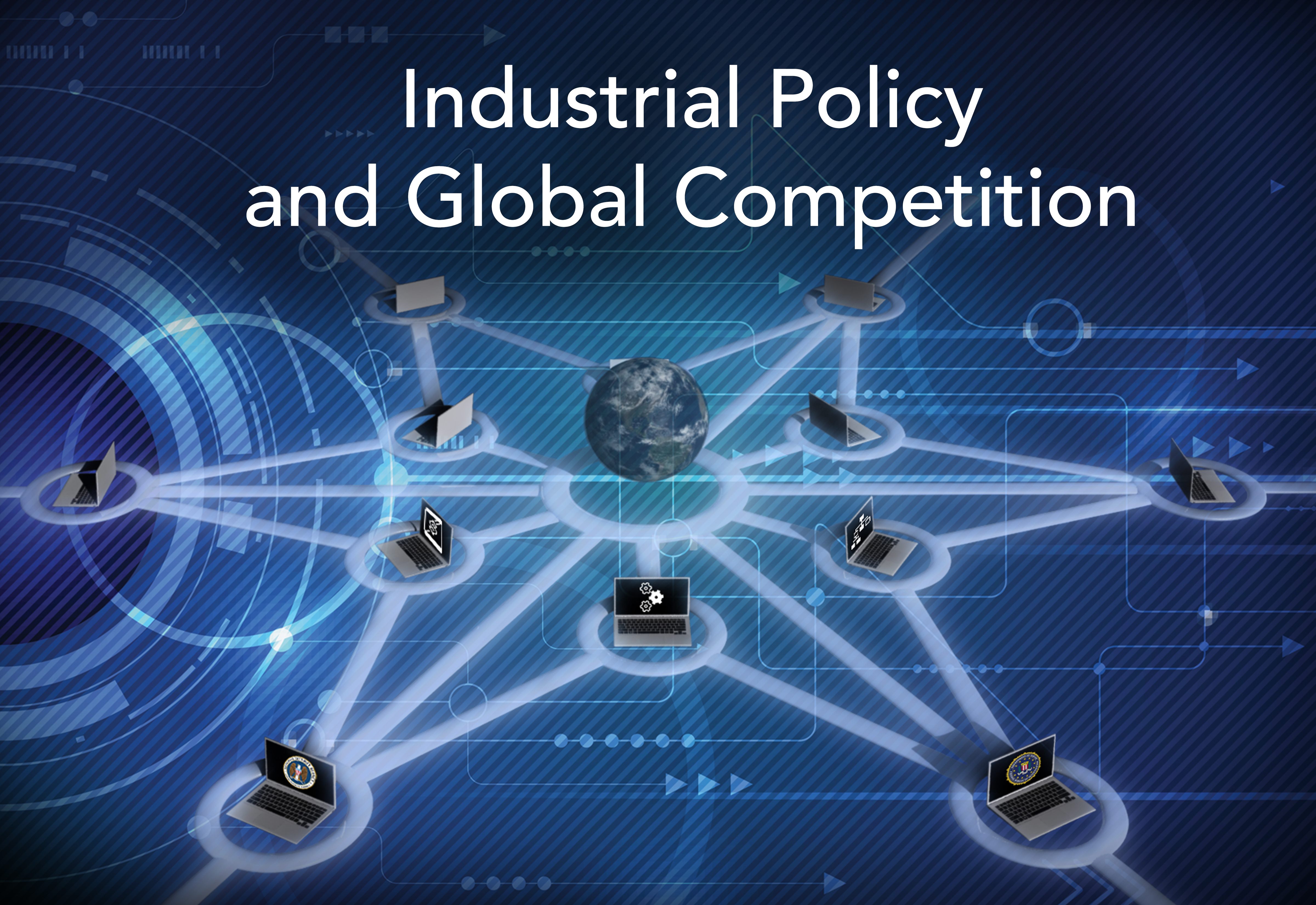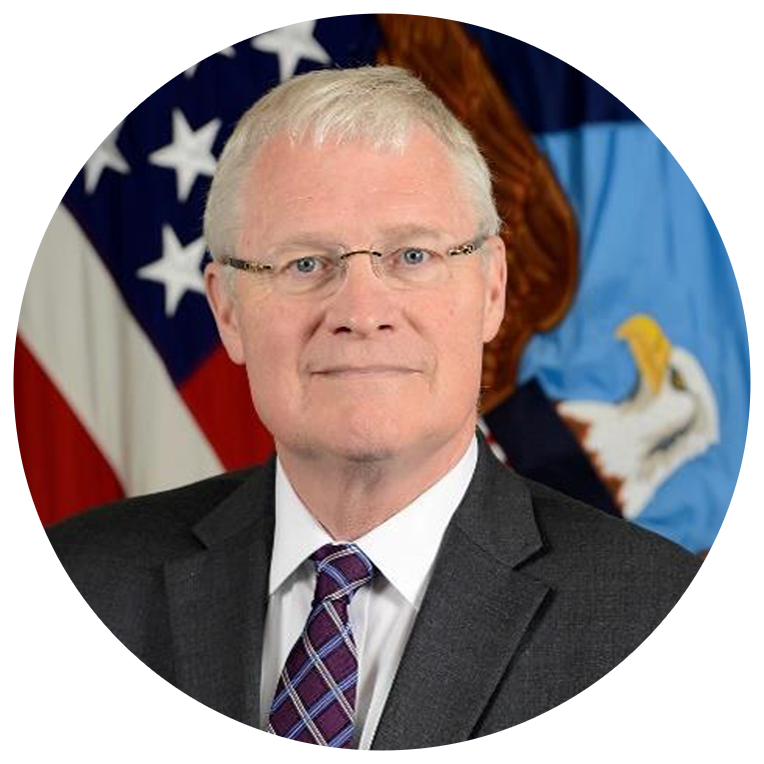Course Details
Wednesday, September 25, 2024 12:00PM-5:00PM ET with Networking Lunch 12:00-1:00PM ET Thursday, September 26, 2024 1:00PM-6:00PM ET with Networking Reception 5:00PM-6:00PM ET Location: Potomac Institute Ballston Headquarters (Arlington, VA)
In this course, we unpack the contemporary resurgence of industrial policy and ask three questions:
- What is driving its resurgence?
- What are the trade-offs raised in adopting national level industrial policies?
- What is the United States doing about it?
The hand of the free market has been critical for American and western democratic economic success for over 150 years. However, the world’s economic structure is changing as nations increasingly utilize subsidies to spur development. The semiconductor industry is a prime example. In the 1980s, the United States produced approximately 40% of the market that it had essentially developed. Today, US market share is 12%—not nearly enough to meet American domestic needs. The market has largely shifted to Asia, a change enabled by government subsidies in South Korea, China, Taiwan, and Japan. According to the Semiconductor Industry Association, China and Korea currently subsidize their industries at approximately 40% each, while Japan and Taiwan subsidize at roughly 30%. To retain competitiveness, the US passed the “CHIPS Act” in 2022 to infuse $52B worth of federal funds into the semiconductor industry. South Korea also passed a $450B tax credit package for its own industry.
This same story is playing out in other economic sectors, including pharmaceuticals, rare earths and other minerals, electric batteries, and the photovoltaic and solar energy industries. Other nations can and will continue to undercut United States and European industries that have relied on free market dynamics to prosper. It has become increasingly clear that US companies operating under free market rules cannot keep pace with foreign competitors offering 30-40% subsidies.
This course will go beyond addressing superficial questions of whether industrial policy is “good” or “bad”—there is no singular answer. It will start with a discussion of America’s “traditional liberal democratic” values: respect for human life, free market economy, freedom of speech, and other aspects of what Alexis de Tocqueville called “American Exceptionalism.” This will underpin the rest of the course, which is ultimately focused on exploring and understanding the pros and cons of an active industrial policy.
Session Descriptions
Industrial Policy is defined as government policy (direct investment, tax credits, etc.) adopted to encourage the development and growth in all or part of the economy. Important examples of the US approach to the Nation’s Infrastructure as Policy include the National Interstate Highway System, the Tennessee Valley Authority, the Works Projects Administration, and so forth. This module will look at National Infrastructure as Policy—when has it worked, and when has it failed, and why.
Registration Link for Upcoming Course
Please click download button for getting brochure file
Course Brochure
Please click download button for getting brochure file


